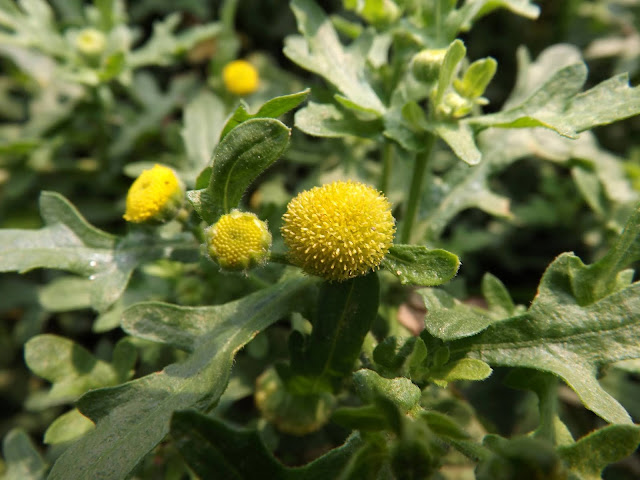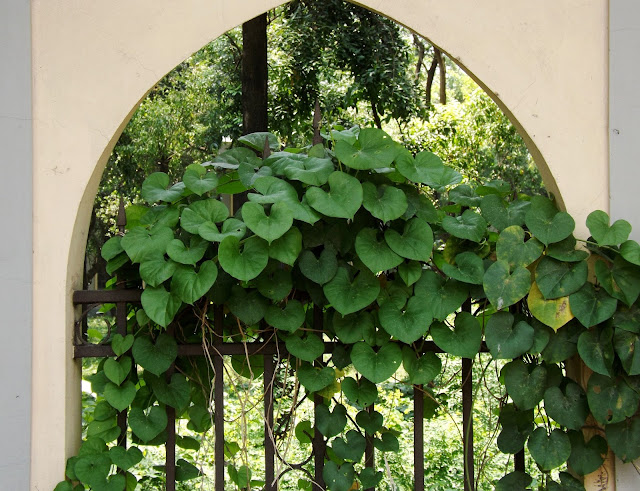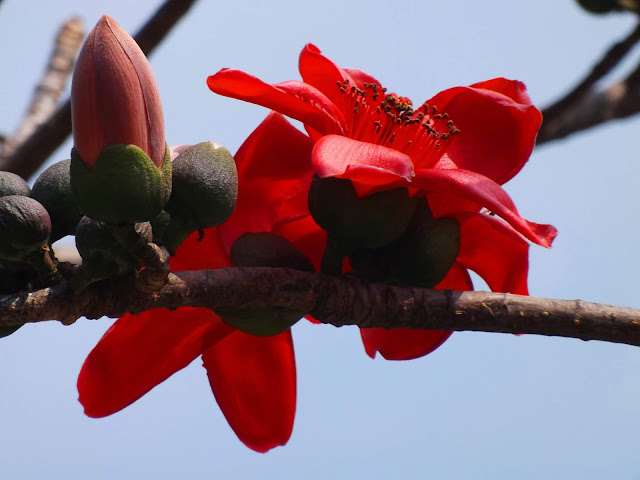Namuti or Madras Carpet, Grangea maderaspatana
Namuti or Madras Carpet (Grangea maderaspatana, family: Asteraceae) is an annual prostrate and aromatic herb with branches at the base and centre, extends from 15 to 30 cm. Branches and leaves are hairy. As a medicinal plant it is mentioned in Ayurveda. It grows mostly in moist places, crop fields, ditches, on fallow lands and beside the roads all over the country. It is also found in tropical and subtropical regions of the world.
Other names: Guz, Nimuti, Holde nim, Shubeda ghash.
Leaves are multilobed, thick, hairy, light green-colored, 3-10 cm long, opposite, sessile.
Flowers are small, yellow, borne on round peduncled head rising from leaf axil, disk flatened. Both male and female flowers are gathered on the same disc. Flowers bloom throughout the dry season (Dec-Apr).
Fruit is cypsela. The calyx turns into pappus and covers the fruit. Propagation of the plant is caused by seeds.
The juice of the leaves reduces ear pain, reduces abdominal pain and enhances eyesight. Root of the creeping herb is used in intestinal worm, arthritis, paralysis, piles, urinary problem, menstruation and lactation disorders.
Synonyms: Artemisia maderaspatana, Cotula anthemoides, Cotula maderaspatana, Cotula sphaeranthus, Grangea adansonii, Grangea aegyptiaca, Grangea glandulosa, Grangea hispida, Grangea maderaspatana var. maderaspatana, Grangea maderaspatana var. prostrata, Grangea mucro, Grangea sphaeranthus, Grangea strigosa, Tanacetum aegyptiacum







Comments
Post a Comment